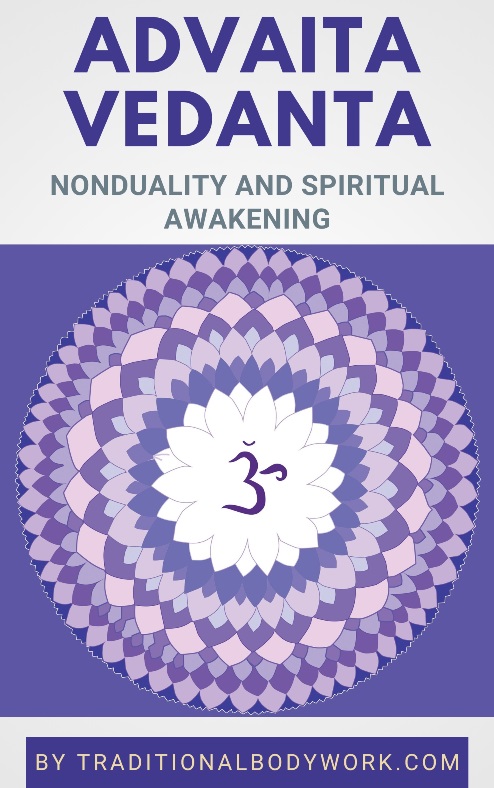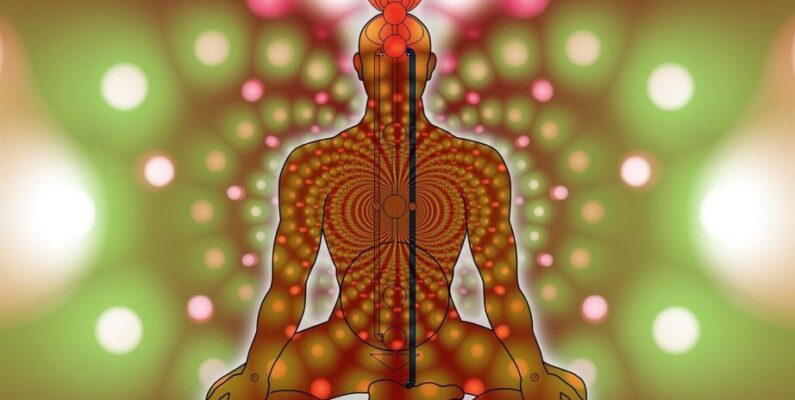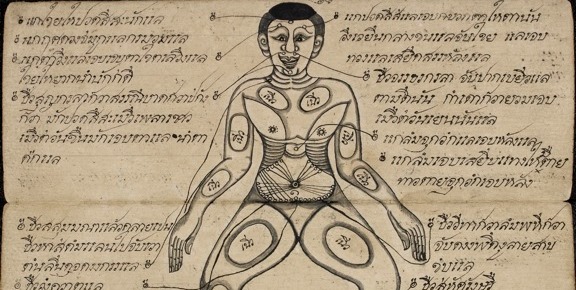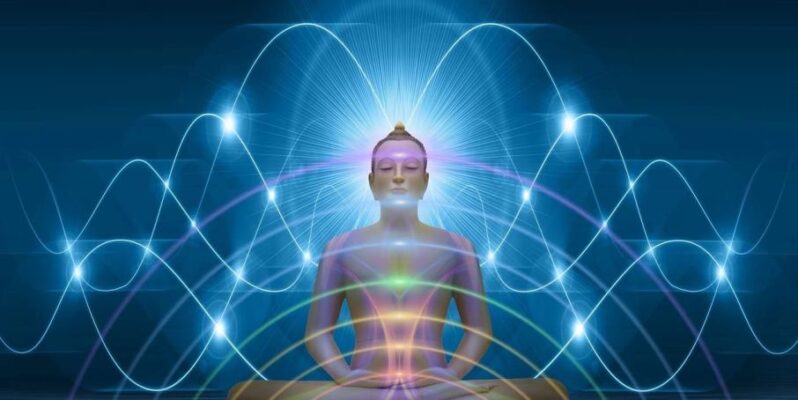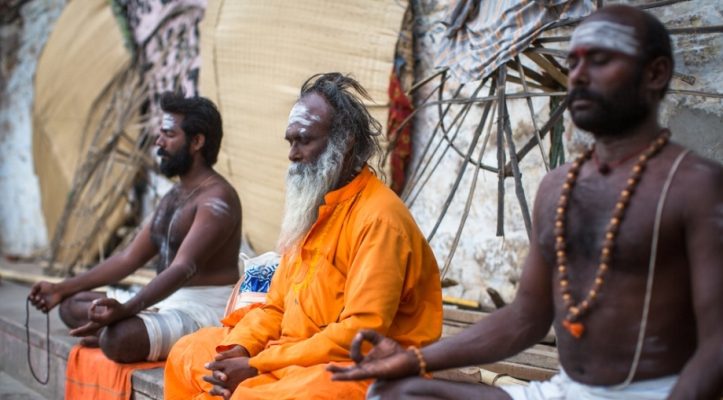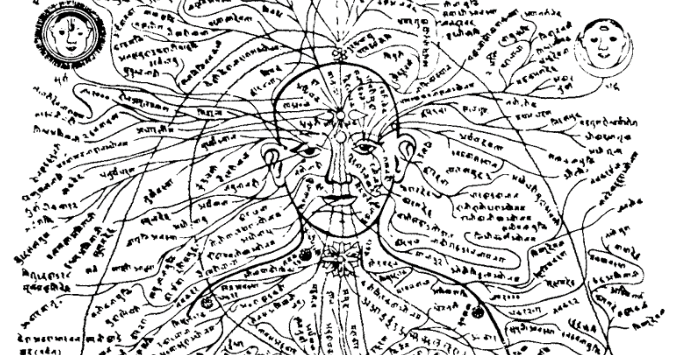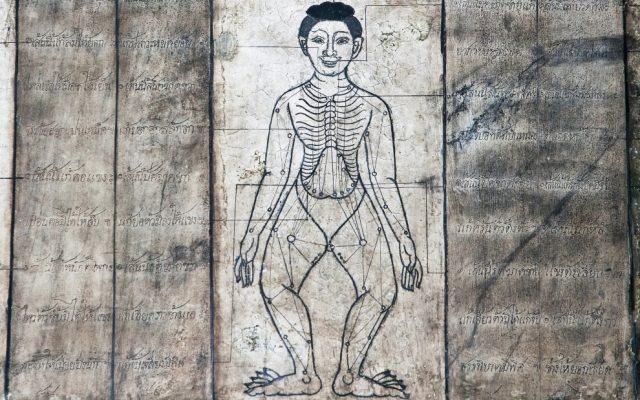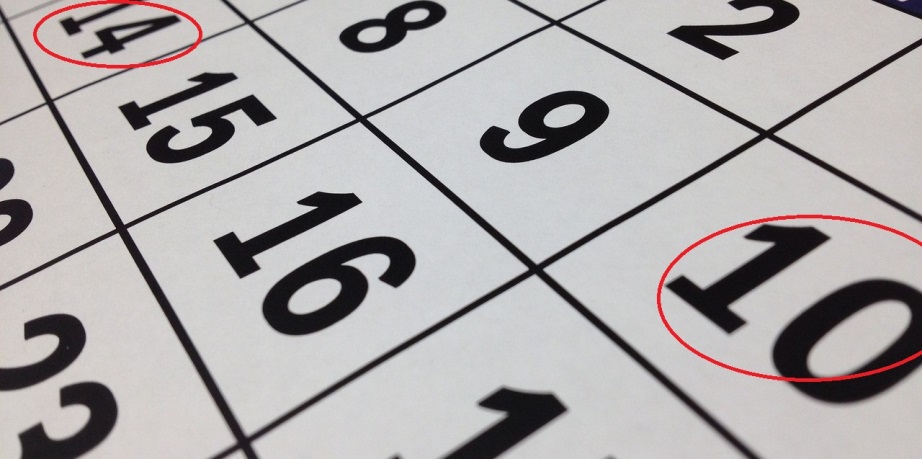
When you try to find information about the total number of major Yoga Nadis, that is, about the number of most important Prana Energy Channels addressed in Yoga, you will most likely see that some articles and books mention 10 principal Nadis, and others 14 principal Nadis.
So, naturally the question arises what this means? What’s the truth? Are there ten or fourteen major Nadis, and why do some mention ten and others fourteen?

The reason behind this phenomenon is twofold. First of all, the classical Yoga scriptures are at “fault” here. Some reputable classical sources mention ten major Yoga Nadis, and other likewise reputable sources mention fourteen Nadis. Hence, it depends on what sources one references or acknowledges as for what will be the final answer.
The second reason is that the number of ten or fourteen Nadis depends on how and what one counts as a so-called gate of the body (the nose, ears, eyes, mouth, anus, etc.), each gate typically representing a termination point of a certain Nadi. Thus, in this case, the total number of “gates,” “orifices,” or “doorways” one acknowledges will subsequently result in either counting ten or fourteen main Nadis.
Now, as a rule the fourteen major Nadis are defined as being Sushumna Nadi, Ida, Pingala, Gandhari, Hastijihva, Yashasvini, Pusha, Alambusha, Kuhu, Sankini, Payaswini Nadi, Saraswati Nadi, Varuni, and Vishvodhara Nadi.
But then, what are the ten major Nadis? Typically, most sources will include Sushumna, Ida, Pingala, Gandhari, Hastijihva, Yashasvini, Pusha, Alambusha, Kuhu, and Sankini Nadi. That is, you will see that Payaswini Nadi, Saraswati Nadi, Varuni Nadi, and Vishvodhara Nadi are omitted from the list.
Of course, this brings about new question. Why are those four Nadis specifically omitted? Let’s take a look at some possible explanations.
Payaswini Nadi (Payasvini)
The termination point (ending point) of Payaswini Nadi is the same as that of Pusha Nadi (ending in the right ear). So, following the idea that each main Nadi has a unique gate (orifice of the body) as its ending point, one would need to omit either Pusha Nadi or Payaswini Nadi.
In general, the classical scriptures don’t often mention Payaswini Nadi (of which the function is also rather vague, by the way), and consider Pusha Nadi of more importance, while also matching Pusha and Yashasvini Nadi as a complementary Nadi pair.
Saraswati Nadi (Sarasvati)
Saraswati Nadi ends in the mouth (tip of the tongue), like Alambusa Nadi. The same rationale as with Payaswini Nadi applies here.
Additionally, Saraswati Nadi might actually be part of Sushumna Nadi (depending on how you interpret this Nadi Energy Channel). We have written about this peculiarity in our post Sen Sumana, Sushumna and Saraswati Nadi.
Varuni Nadi (Varuna)
Varuni Nadi is said to extend across the entire body, while its endpoints connect with the feet (toes), hands (fingers), and the skin. These endings don’t correspond with the classical gates of the body, and as such it seems likely to be the reason to have been discarded as a major Nadi in the set of ten.
Vishvodhara Nadi (Visvodara)
The reason for Vishvodhara Nadi of not being counted among the first ten principal Nadis follows the same logic as Varuni Nadi.
Vishvodhara is thought to be located in and around the navel (umbilicus), and although some scriptures consider the navel as a gate or opening of the body, it doesn’t in the official doctrine of ten gates.



